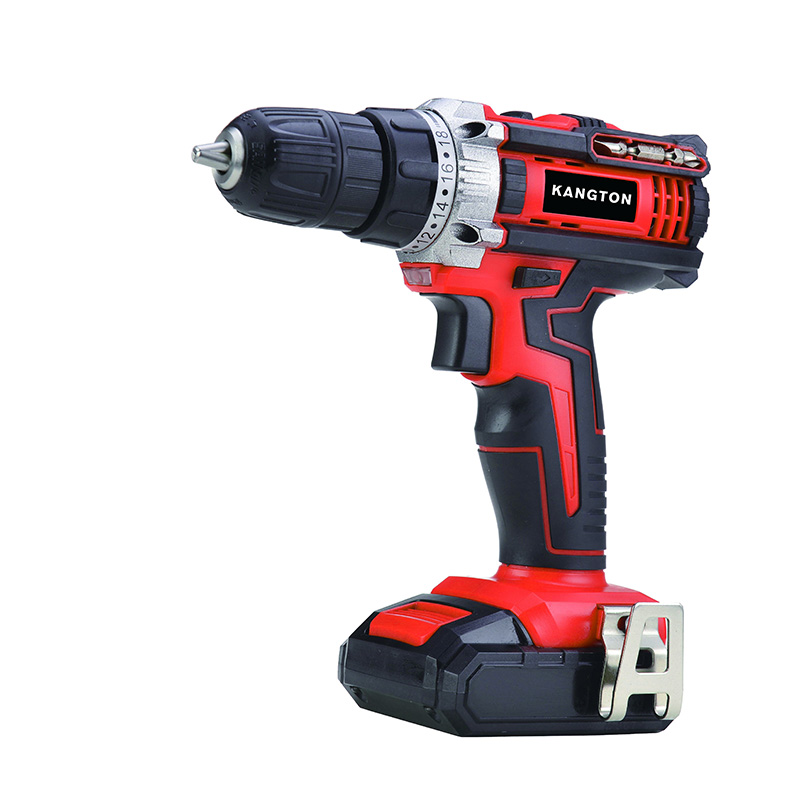Four reasons cordless tools can help on the job site
Since 2005, significant leaps forward in motors and tool electronics, coupled with advancements in lithium-ion, have pushed the industry to a point few would have considered possible 10 years ago. Today’s cordless tools deliver massive amounts of power and performance in a more compact package, and can even outperform their corded predecessors. The run-times are getting longer, and the charge times are getting shorter.
Even so, there are still tradesmen who have resisted the shift from corded to cordless. For these users, there’s just far too much work to be done to let productivity be hindered by potential battery run-time, and overall power and performance concerns. While these may have been valid concerns even five years ago, the industry is now at a point where cordless is quickly taking over as the leading technology in numerous ways. Here are three trends to consider when it comes to the adoption of cordless solutions on the job site.
Reduction in Work-Related Injuries Due to Cords
The Occupational Health and Safety Administration (OSHA) has long reported that slips, trips and falls are a prevalent concern on job sites, accounting for more than one-third of all reported injuries. Trips occur when an obstruction catches a worker’s foot and causes him/her to stumble. One of the most common offenders of trips is cords from power tools. Cordless tools have the benefit of freeing job sites from the nuisances of having to sweep cords to the side or string extension cables across the floor, vastly improving the hazards associated with trips, but also freeing up more space for equipment.
You Won’t Need to Charge as Much as You Think
Run-time isn’t much of a concern anymore when it comes to cordless tools, rendering the age-old fight for the security of the cord a thing of the past. The move to more energy-dense battery packs means that professional users who use the tools extensively now rely on fewer battery packs to get through a work day. Pro users had six or eight batteries on-site for their Ni-Cd tools and traded them out as needed throughout the day. With the newer lithium-ion batteries now available, heavy-duty users need just one or two for the day, then recharge overnight.
Technology is More Capable Than Ever Before
Lithium-ion technology isn’t solely responsible for the enhanced features today’s users are seeing in their tools. A tool’s motor and electronics infrastructure are also key factors that can offer increased run-time and performance. Just because a voltage number may be higher, doesn’t mean it has more power. Because of many technological advances, cordless power tool manufacturers have been able to meet and surpass higher voltage performance with that of their cordless solutions. By tying brushless motors to the world’s most capable electronics packages and most advanced lithium-ion batteries, users can truly push the boundaries of cordless tool performance and experience the enhanced productivity it provides.
Cordless: Safety and Process Improvements Inherent
The innovations surrounding cordless power tools have also led to opportunities that allow manufacturers to enhance other aspects of the tools, and impact the safety and efficiency of an overall process. Take the following two cordless tools for example.
Cordless Tools introduced the first-ever, 18-volt cordless magnetic drill press. The tool utilizes permanent magnets so that the magnetic base operates without electricity; ensuring that the magnet does not deactivate if the battery is drained. Equipped with Auto-Stop lift-off detection, power to the motor is automatically cut if excess rotational motion is detected while drilling.
Cordless Grinder was the first cordless braking grinder on the market with corded performance. Its RAPID STOP brake stops accessories in under two seconds, while an electronic clutch reduces kick-back during bind-up. These types of new-to-the-world innovation wouldn’t have been possible without the complex interworking of lithium-ion, motor technologies and electronics.
The Bottom Line
Challenges on the job site, such as battery runtime and overall performance ,are being addressed every day as cordless technology improves. This investment in technology has also unlocked capabilities the industry never thought possible—the capability to not only deliver huge increases in productivity, but also provide additional value to the contractor that was never possible due to technology limitations. The investment contractors make in power tools can be substantial and the value those tools provide continues to evolve with improvements in technology.
Post time: Jul-29-2021




